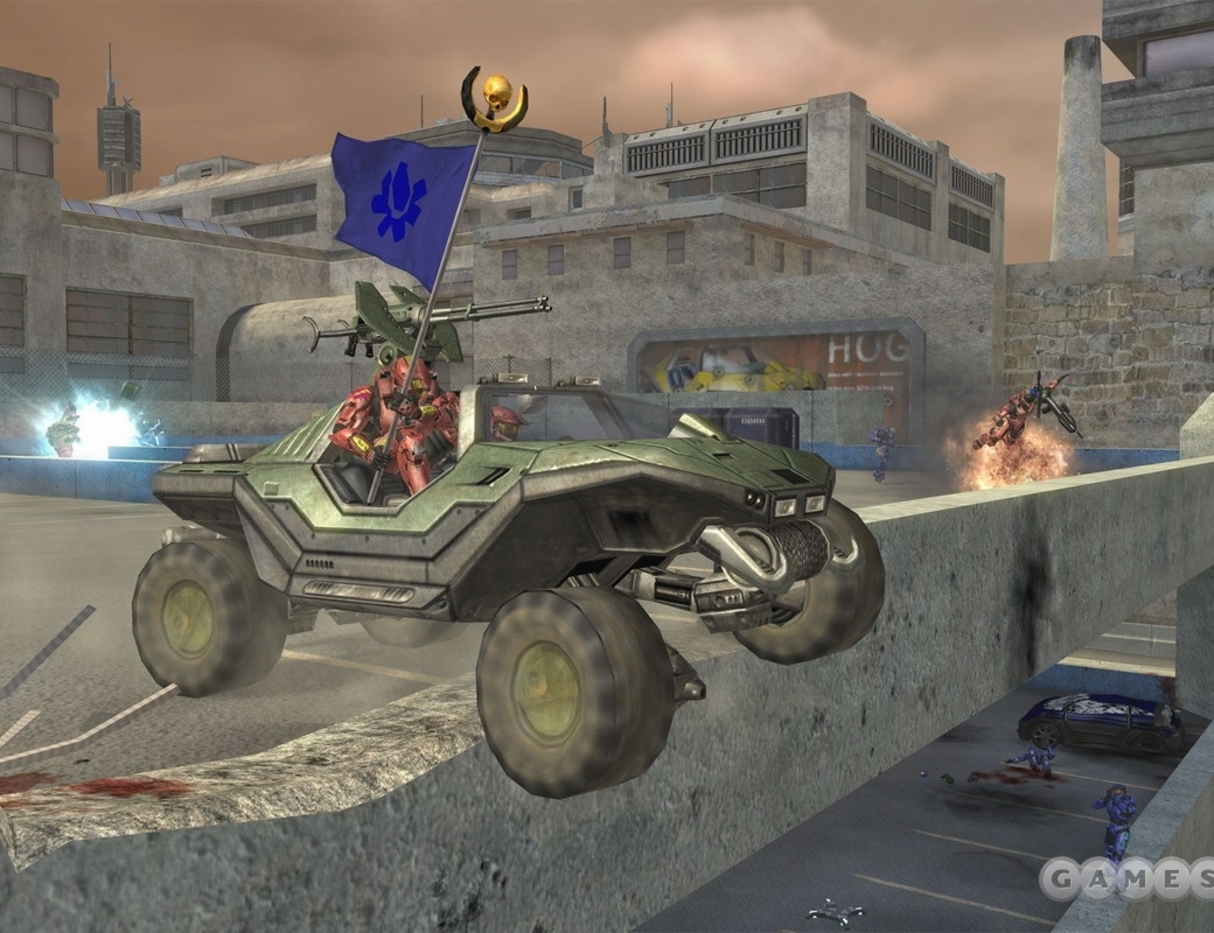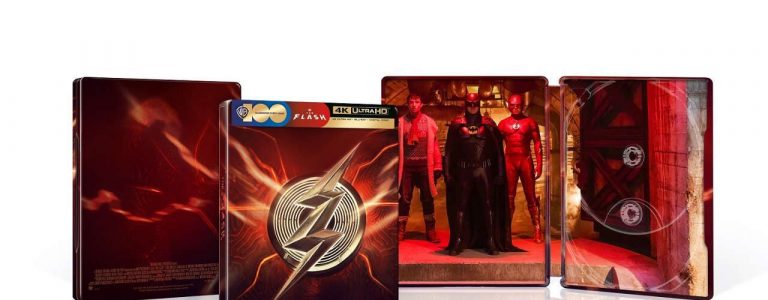Xbox Live was born on November 15, 2002. Though it wasn’t the first online service offered by a video game console, it’s fair to say that the original Xbox was the box that popularized the concept on an industry-wide level. Hits like Project Gotham Racing 2, Phantasy Star Online, and especially Halo 2 introduced a generation of console gamers to the concept of online play, and the world of gaming has never been the same since. And though Microsoft pulled the plug on the original Xbox Live back in 2010, a team of programmers and hackers at Insignia have brought it back to life on modded Xboxes–a triumph of engineering that serves as a reminder of the importance of digital preservation.
Insignia is a collaboration between five main developers and hobbyists, along with a community of die-hard original Xbox fans. The project got its start in 2019, when developers Billy and Luke (who, along with the rest of the team, requested to be credited by their first names) decided to work together to see if they could create an alternative to Xbox Live. Luke is the lead developer of Cxbx-Reloaded, an open-source Xbox emulator for Windows; Billy has worked on a number of projects, including an Insignia-esque replacement online service for Nintendo 3DS and Wii U.
Luke says that he had considered trying to work on online connectivity multiple times throughout the decade-plus that he’s spent working on Cxbx-Reloaded, but it was never top of mind. Once the two of them started working together–and recruited other developers to the cause–they were able to achieve a measure of success more quickly than they expected. “There was no big moment of inspiration at the start,” Luke says. “As soon as we saw our first successful login, that inspired me to keep working at it and see it through.”
The sort of work that the team is doing is called reverse engineering, and it involves trying to rebuild code that is incomplete or outmoded by design. In the case of Xbox Live, since the service has been down for so long, Insignia’s developers have had to guess what the server-side code looked like in some cases. For example, developer Mike had to reverse-engineer the format of a configuration file that had placeholder information that was needed for the latest dashboard update to work. They were able to create the format by analyzing how the dashboard code processes the file, which Mike calls a complex process for a trivial task. “That’s what makes it fun and rewarding,” he says.
Some games have been easier to reverse-engineer than others. For example, developer Stefan says that Star Wars Jedi Knight: Jedi Academy’s full source code is available online, so he was essentially able to look up how to make it work without much effort at all. However, that was an exception, as most of the games require laborious testing to determine how the inputs, outputs, and rules work in the code on an individual level. Libby notes that the console’s many racing games are particularly tedious, as they have many matchmaking parameters and variables involved that will simply crash a tester’s console if things are improperly configured. As such, it’s a matter of trial and error.

Still, the developers have discovered technical obstacles from unexpected sources. For example, older jailbroken Xbox systems sometimes had custom code that would prevent games from connecting to Xbox Live, in order to prevent the user from getting banned for modding their console. The team has designed their setup assistant to detect this sort of blocking, as well as DNS problems caused by certain ISPs not recognizing the Xbox’s traffic as legitimate.
The biggest issue that the project has encountered is one unique to EA games. According to the team, EA opted to use its own network services instead of Xbox Live during this era, and there are at least two such networks that were used by these games. Luke says that implementing each of these networks is roughly the same amount of work that it took to build the original Xbox Live infrastructure to begin with.
The original Xbox Live has become something of a legend in the hardcore gaming community. Though it had a far-reaching impact, the number of people who actually played it is quite small comparatively–this is due in part to the fact that it required a broadband internet connection, which was fairly rare in the early 2000s in many regions. As a testament to this, only one of the developers on the Insignia project actually has substantial nostalgia for the original platform: Libby, who spent hours playing Tom Clancy’s Rainbow Six 3 and Ghost Recon back in the day. She notes that, at the time, the idea of voice chat and a friends list on a video game console was quite novel, and that she made friends that she still plays with today.
So far, Insignia has managed to restore functionality for around 85 to 90 games, including big names like Call of Duty 2: Big Red One, Phantasy Star Online, Conker: Live & Reloaded, Tony Hawk’s American Wasteland, and Project Gotham Racing 2. Though many of these games are pure nostalgia bait for original Xbox fans, the team generally feels that the smaller titles on the console deserve recognition as well.
“Almost every game we have implemented so far has been fun to play, and it’s been an amazing experience discovering the joy in games that I wouldn’t usually even pick up if I saw them on a shelf,” Luke says. “For me that is the joy behind Insignia: collectively re-discovering games that we (the community) all may have missed the first time around.”

Libby says that she has a soft spot for the little-known shooter Chicago Enforcer, which boasts a 33 on Metacritic. She says while she hasn’t played its single-player, its multiplayer is chaotic fun, and much better than she expected. She also cites Steel Battalion: Line of Contact as a title worth checking out, which is part of the critically-lauded series that infamously comes with its own massive controller to simulate mech-based gameplay. Stefan prefers the bizarre and forgotten modes that you can find in older games, such as the kart racing mode in Mortal Kombat Armageddon. “It’s awesome to give people the chance to experience these oddities for themselves.”
When discussing the original Xbox Live, one game certainly stands out among all others: Halo 2, considered one of the most beloved console shooters of all time. Insignia’s developers get asked about it so often that Mike had a sarcastic ready-made quip in response: “By asking this question, you’ve just pushed the release date back another six months.” But as Luke explains, it isn’t simply a matter of prioritization. Xbox Live is made up of 20 services, and Insignia has fully implemented eight of them and partially implemented five others. However, Halo 2 requires all of them to work in concert to even reach basic gameplay. As such, there’s still a long way to go before you can revisit your LAN party favorites with your friends over the internet, but it’s clear that the team is committed to the cause.
Luke and Billy say that the ultimate goal of the project is to support every game that used Xbox Live in some capacity. By their own reckoning, they’re about a quarter of the way to the approximately 360 games that are out there. Though that obviously includes well-known names like Halo 2, Burnout 3, and the Need For Speed series, Luke says that the Insignia is really about preservation. Mike notes that the apparent online-only future for gaming means that more and more games will become unplayable as publishers pull the plug. Stefan compares that shutdown process to “setting the Mona Lisa on fire.”
“It’s not as obvious as that, but games are still dying left and right, with even purely single-player games requiring servers that will eventually get turned off,” he says. “That takes away the chance of future generations to experience these works for themselves.”
Luke concurs, saying that fans are trying their best to preserve the games they love as best they can, but that these unofficial servers often only have the bare minimum of functionality. He aims for Insignia to offer the complete experience of these historically important games to future generations of players. “Games should not be lost to time because the physical media decays,” he says. “I hope we can [preserve them] with Insignia.”
In today’s remake-happy era of gaming, it’s clear that publishers would love to sell you a new version of the same thing if they think it’ll activate the happy part of your brain. Even still, there’s no substitute for the real thing, and considering just how much of an impact that Xbox Live had back in the early 2000s, I’m glad that younger players will be able to see the unsightly green UI that changed gaming forever.
The products discussed here were independently chosen by our editors.
GameSpot may get a share of the revenue if you buy anything featured on our site.























-150x150.jpg)
